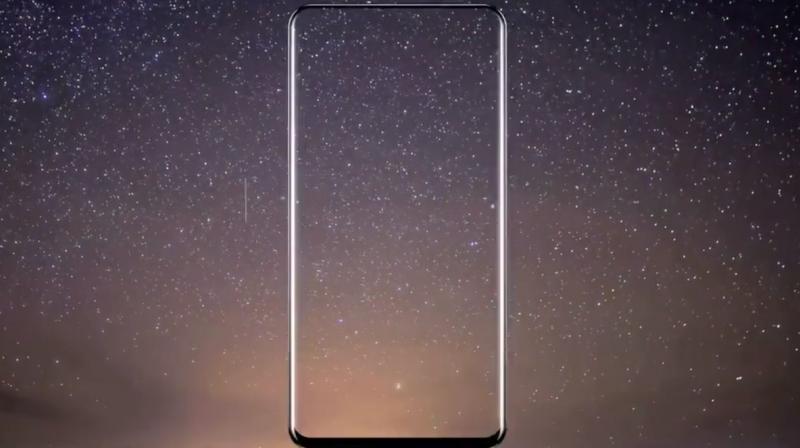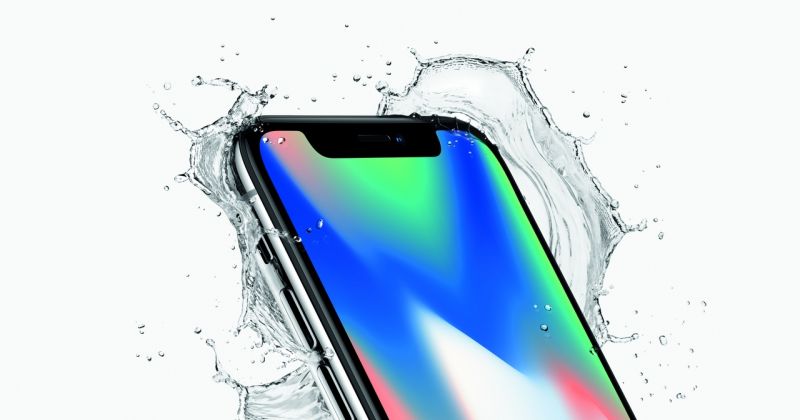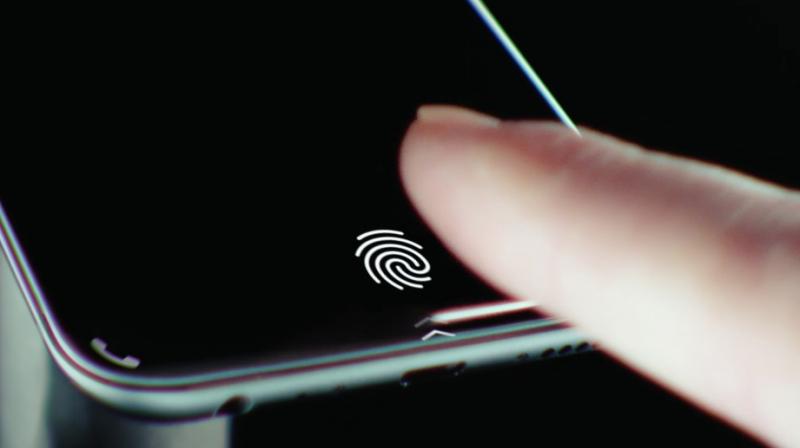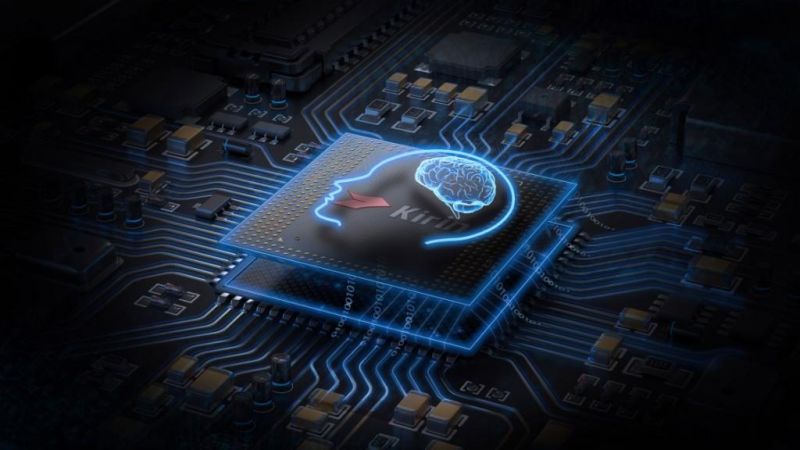Smartphones 2018: What you could expect this year
This year will see new innovations with major tech brands competing against each other for supremacy.

Smartphones are only getting better and better with time. Last year, we saw many new trends in this ever-evolving industry. The big names came to all guns blazing with their stellar flagships — making breakthroughs in the smartphone world. Features like dual cameras, portrait mode, bezel-less displays, Face ID, voice assistants, and alike, made their way into the mainstream category. Budget smartphones also witnessed a great deal of development, with Chinese companies stepping up the game big time — thanks to reducing costs of components.
One major feature we see disappearing though is the headphone jack (RIP!). Some leading smartphone companies have decided to part ways with the 3.5mm jack — a decision which is highly debatable.
This year will also see its own share of new innovations, with the likes of Samsung, Apple, Sony, HTC, Nokia, OnePlus and Xiaomi competing against each other for supremacy. Let's take a look at what to expect from smartphones this year, and the playgrounds they will battle on.
Display
 Representative photo: Mi MIX 2
Representative photo: Mi MIX 2
2017 saw the debut of 18:9 aspect ratio displays with the LG G6 being one of the first ones to bring on. Many companies including Samsung and Apple followed suit. Even budget devices like the Honor 7X and Honor 9i made the big jump in 2017. This year will see such bezel-less displays becoming a norm with more and more smartphones, including budget ones (Redmi 5) also implementing the same.
Foldable displays could be the next new buzz in 2018. Phones such as ZTE Axon M with two foldable displays, which was launched last year, only adds to our belief. Samsung is rumoured to be working on it and is aimed to launch it this year, codenamed ‘Galaxy X’. Huawei is also planning a release with its CEO, Richard Yu, claiming the same in an interview with CNET, “We already have a working sample”.
Fingerprint Scanner
Last year saw Samsung placing the fingerprint scanner in a very odd position — right beside the camera, making it difficult to reach and also causing accidental smudges on the camera lens. Apple went a step further and decided to ditch it all together with the implementation of Face ID, which followed by OnePlus (Face Unlock) who decided to keep both for now.
This year will see fingerprint scanners being embedded within the display itself with Synaptics announcing the breakthrough displays late last year. Vivo will be the first one to implement this technology followed by Honor and hopefully many others.
Artificial Intelligence
Artificial intelligence is an integral part of a smartphone (UI) experience. Computer vision and Machine learning are making phones smarter aiming to make our lives easier. 2017 saw AI being implemented in every phone and companies like Google and Amazon pushing their assistants into standalone products (Google Home and Amazon Echo). AI will only get more complex from here on and companies will push harder to get its AI into products that we use. New smartphones have started shipping with dedicated AI chipsets — Apple and Huawei being the first with iPhone 8/8 Plus/X and Honor V10 respectively. Google developed a custom AI chipset with the help of Intel for its Pixel 2 lineup. More devices will soon follow suit with Qualcomm’s latest flagship processor, Snapdragon 845, launching this year with a dedicated AI chip. This will also help improve image processing and result in better photos.
AR / VR
VR is a very confined experience as of now. This is drastically changing with more and more standalone VR headsets coming into the game such as Oculus, HTC Vive and the next Google Daydream ahead. This year will see VR become more mainstream with new apps and games being developed for consumers.
AR will take a big leap forward this year with tech giants Apple and Samsung announcing their own AR platforms, ARKit and ARCore respectively. Apps like the Google Lens will let you point your camera at an object and get information about the same. For example, if you point it at a flower, it’ll be able to tell you the name of that flower!
Last year we saw AR capabilities being implemented in cameras, which was fun. This year could see more serious implementations with Apple and Google working hard on its development. Many more AR games and apps could be coming this year.
Others
 Representative photo: iPhone X
Representative photo: iPhone X
Obviously, Qualcomm with its latest top of the line SoC, the Snapdragon 845, providing better performance than before and with lower battery consumption will be in use. The standard changing from 8GB RAM to 10/12 GB RAM is also very much possible. Dual cameras will give way to triple cameras — Thanks to AR possibilities. Huawei’s next flagship is rumoured to be the first-ever phone to have triple cameras. Face recognition will improve and more companies will implement the same. OLED displays will become more mainstream. Digital payments might become a thing in India. Android O will become prevalent; Android P will be launched (What do you think will be the name?). Apple may take Face ID and the new UI experience to a higher level. We could lose our beloved home button forever — Android too.
Apart from that, eSIMs (embedded SIMs) will see a new beginning in India, 5G will start rolling out in some countries and many more things which are unknown right now will hopefully see the light of the day.
Whatever may or may not happen, it’s going to be one eventful year for tech, for sure!
— By Deepayan Deb




